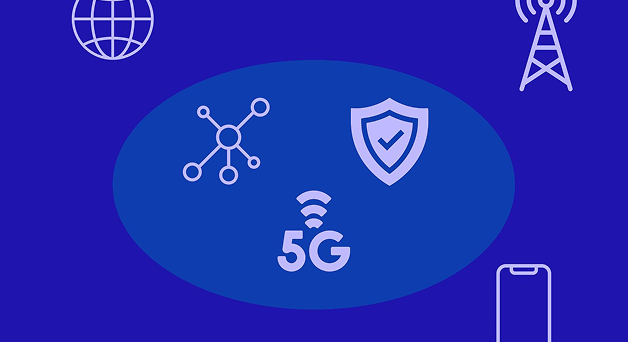When it comes to extending wireless connectivity through networks, there are limited options for enterprises. Wi-Fi, while convenient and cost-efficient to deploy, presents significant security challenges with poor coverage. CBRS, in essence, allows businesses to use spectrum on a ‘semi-licensed’ basis to deploy their own wireless networks. CBS can potentially enable new innovative wireless applications, such as industrial Internet of Things (IoT) concepts.
What is CBRS?
CBRS is a radio-frequency band defined by the Federal Communications Commission (FCC) that runs between 3550 and 3700 MHz, which was first released in 2015. The spectrum can be dynamically shared between users through a three-tiered system in order to ensure non-interference. CBRS is designed to be shared by three types of users: incumbents, Priority Access License (PAL) users, and General Authorized Access (GAA) users.
The FCC utilizes a dynamic spectrum access system (SAS) which manages the allocation of frequencies in the shared range. SAS administrators play a crucial role in regulating the shared spectrum and ensuring that users do not interfere with one another. This is accomplished using a SAS database hosted in the cloud. As a result, each device that requires the CBRS band must submit a request to SAS to reserve an unused channel in a specific location. Access is provided or denied based on the availability of free spectrum in that geographic location at that moment. Once the request is approved, the user will need to register Citizens Broadband Radio Services Devices (CBSDs) with the SAS in order to gain access to the spectrum.
The Advantages of CBRS
The advantages of CBRS will vary depending on the user and the particular use case.
Private networks:
Enterprises which are keen on deploying private networks in CBRS spectrum will be able to achieve far greater cost efficiency compared to relying on a managed service. A benefit of private networks is that network traffic can be kept local instead of being sent to a core network operated by a carrier. This could be potentially useful in high value or sensitive use cases, such as in a hospital, where medical records are highly confidential. CBRS private networks also provide far better coverage and capacity compared to Wi-Fi networks.Industrial internet of things (IIoT):
Instead of paying service providers monthly subscription fees for providing connectivity to their IIoT devices, businesses can instead look at deploying a private network using CBRS spectrum. This will accord significant cost efficiencies and provide operational flexibility to network owners. For instance, the many vehicles or drones in a quarry/mine or in a port can be connected securely and reliably using a CBRS-based private wireless network. CBRS networks can also provide contiguous coverage over a large area compared to Wi-Fi networks.Spectrum and capacity augmentation:
Mobile carriers can also utilize CBRS spectrum to supplement their existing spectrum holdings, especially in areas where extra capacity is required. At the same time, mobile virtual network operators (MVNOs) can also reduce the amount of bandwidth they lease from operators by instead relying on CBRS-spectrum, which is free to utilize.
Are you considering CBRS for your network buildout?
Whether you are a business or network operator looking to set up a CBRS-based network, Til-Tek has a CBRS solution ready for you. Learn more about our CBRS antennas and products on our CBRS product page, or speak to us to learn more.
